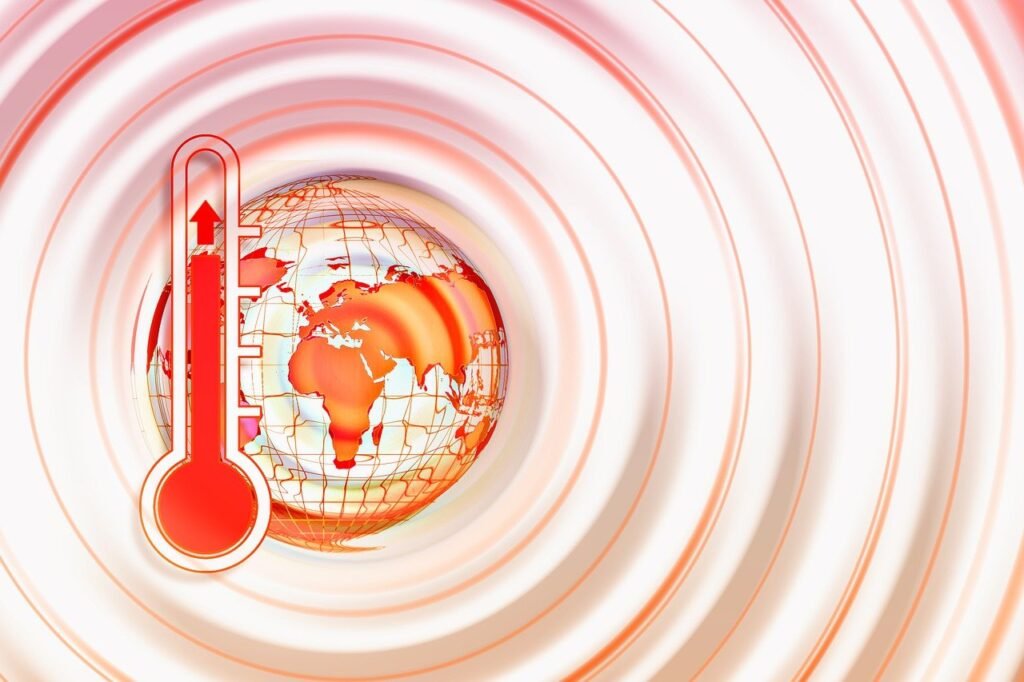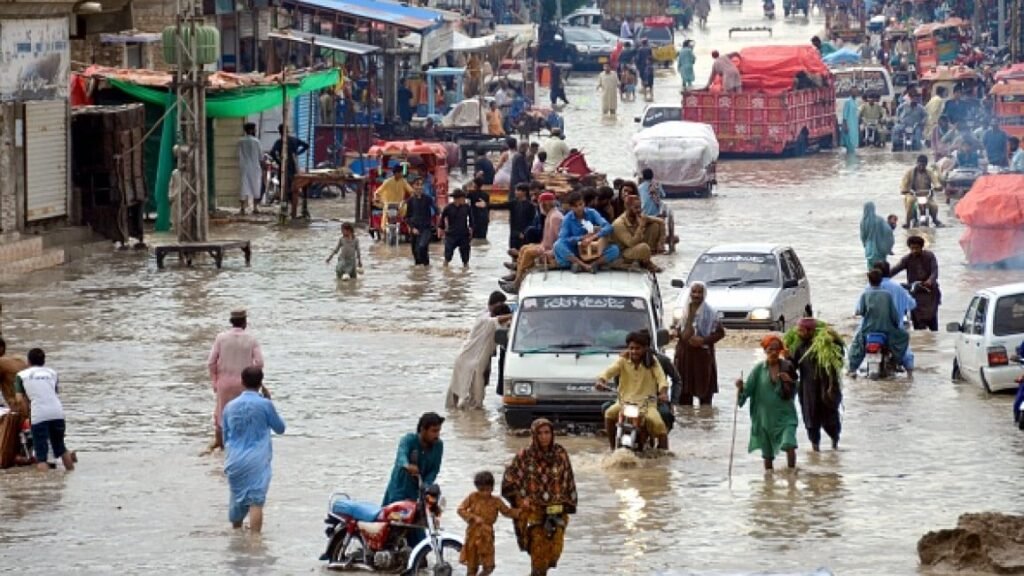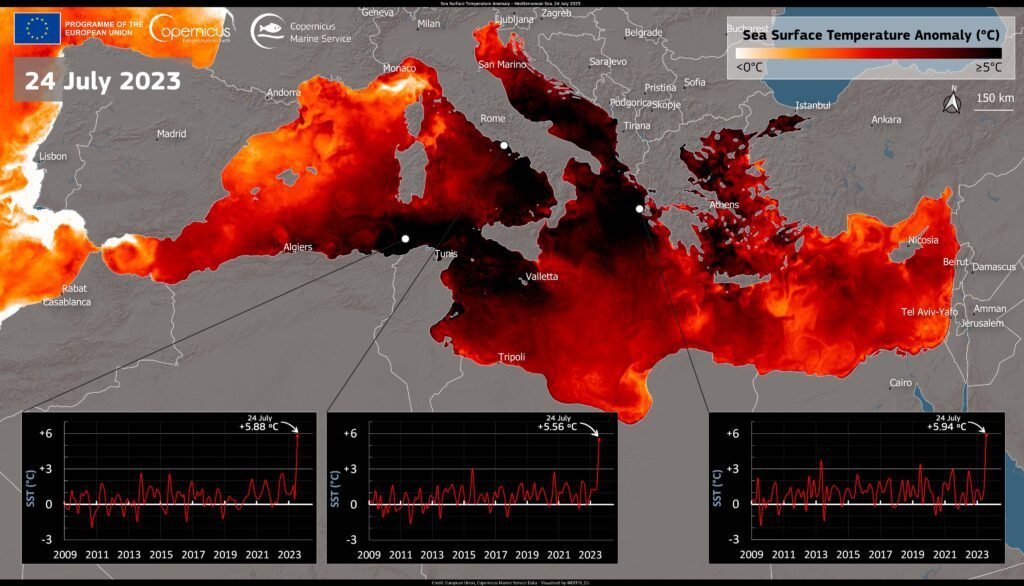Extreme weather and climate change impacts are increasing in Asia, which ricocheted between droughts and floods in 2022, ruining lives and destroying livelihoods. More than 80 disasters killed more than 5000 people and affected 50 million. Melting ice and glaciers and rising sea levels threaten more socio-economic disruption in future according to the WMO’s new report.
Asia, the continent with the largest land mass extending to the Arctic, is warming faster than the global average. The warming trend in Asia in 1991–2022 was almost double the warming trend in the 1961–1990 period.

There were 81 weather, climate and water-related disasters in Asia in 2022, of which over 83% were flood and storm events. More than 5000 people lost their lives, and more than 50 million people were directly affected. There were more than US$ 36 billion in economic damages, according to the report. In addition, a large part of arid Asia experienced severe dust storms. Several severe dust storm events in western Asia affected civil lives in the region.
KEY CLIMATE CHANGE
The mean temperature over Asia for 2022 was the second or third warmest on record. It was 0.72 °C above the 1991–2020 average. The 1991–2020 average was itself 1.68 °C above the WMO1961–1990 reference period for climate change.

Drought affected many parts of the region, reducing water availability. The economic losses in 2022 as a result of the drought in China, for example, were estimated to exceed US$ 7.6 billion.
Glaciers in the High Mountain Asia region have lost significant mass over the past 40 years and the loss is accelerating. In 2022, exceptionally warm and dry conditions exacerbated the mass loss for most glaciers.
Pakistan experienced severe flooding that was associated with significant loss of life and economic damage. Pakistan received 60% of its normal total monsoon rainfall within just three weeks of the start of the monsoon season in 2022.

The oceanic region within WMO Regional Association shows an overall surface ocean warming trend since the time series began in 1982. In the north-western Arabian
Sea, the Philippine Sea and the seas east of Japan, the warming rates exceed 0.5 °C per decade. It is about three times faster than the global average surface ocean warming rate.









